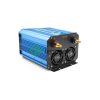300W 110V Pure Sine Wave DC to AC Inverter
300W 110V pure sine wave DC to AC inverter, converts 12V/24V DC power to 110V AC, with maximum efficiency of 0.9, ideal for lead-acid or lithium battery applications.
Inquiry Form for Bulk Order?
Please fill in your details and requirements below, and our team will get in touch with you as soon as possible.
This 300W Inverter can reeverse the DC power from the battery into 110V AC power. Through a full-bridge circuit, usually using an SPWM processor through modulation, filtering, boosting, etc., sinusoidal AC power matching the frequency and rated voltage of the lighting load is obtained for use by the system end-user. With the inverter, a DC battery can be used to provide AC power to the appliances.
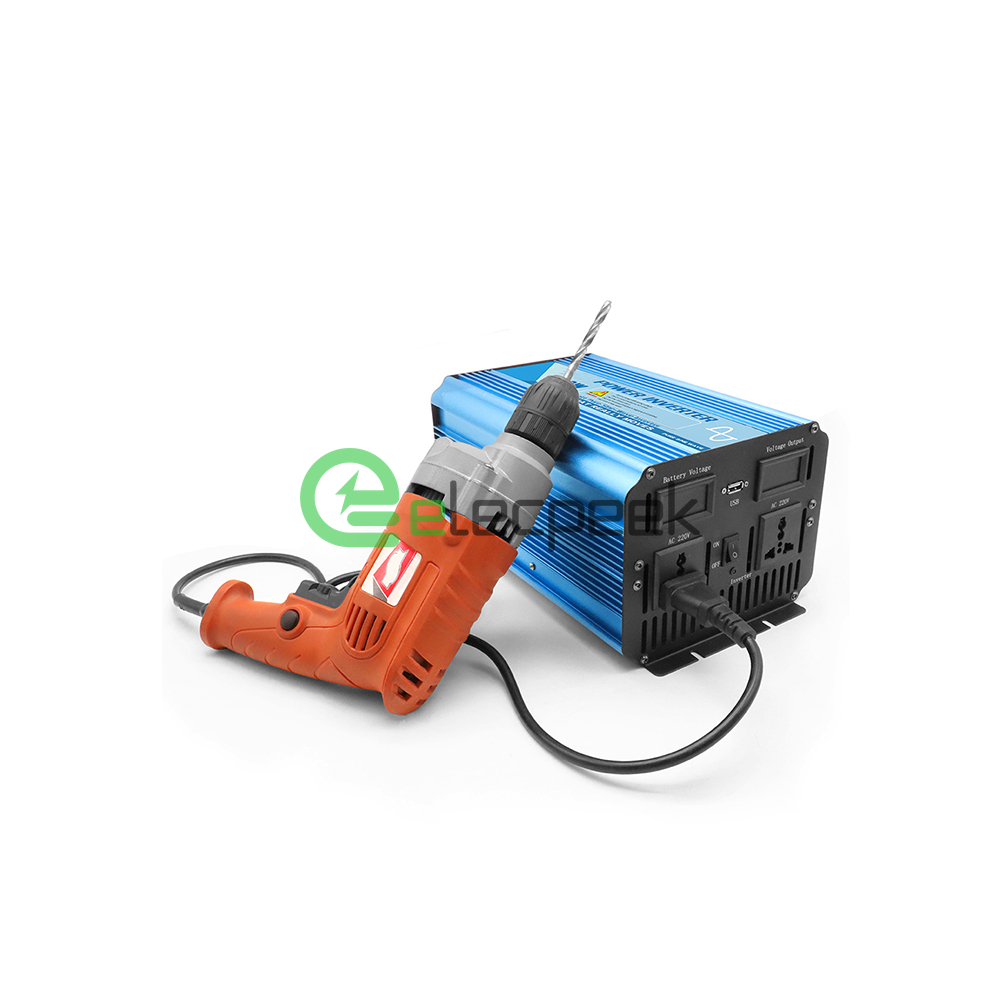
How to use the inverter
- Connect the inverter to a battery or car cigarette lighter power source
- Turn on the inverter to check the device status
- Connect the electronic device to the inverter
Make sure the power consumption is lower than the rated power of the inverter.
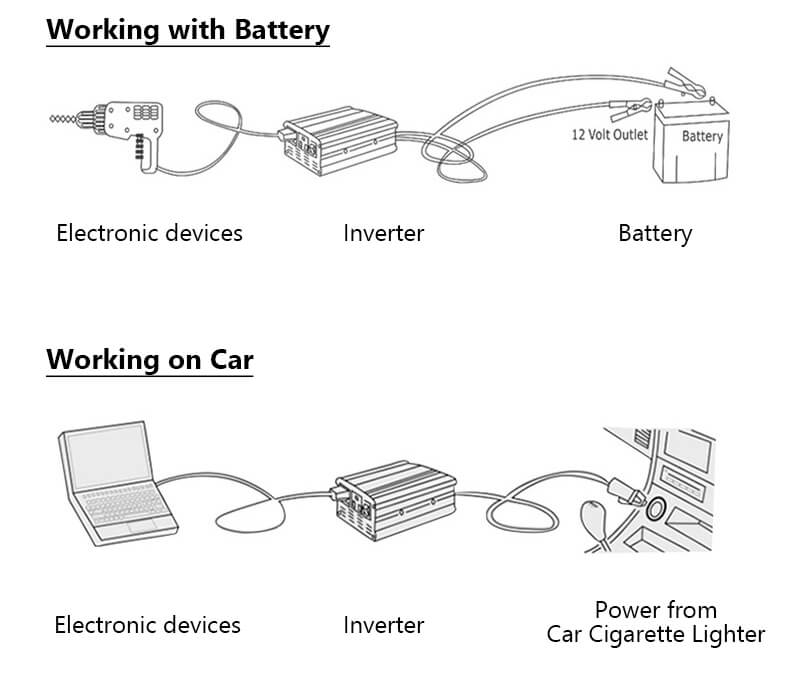
Package Include
- Inverter Device
- Cable with terminal
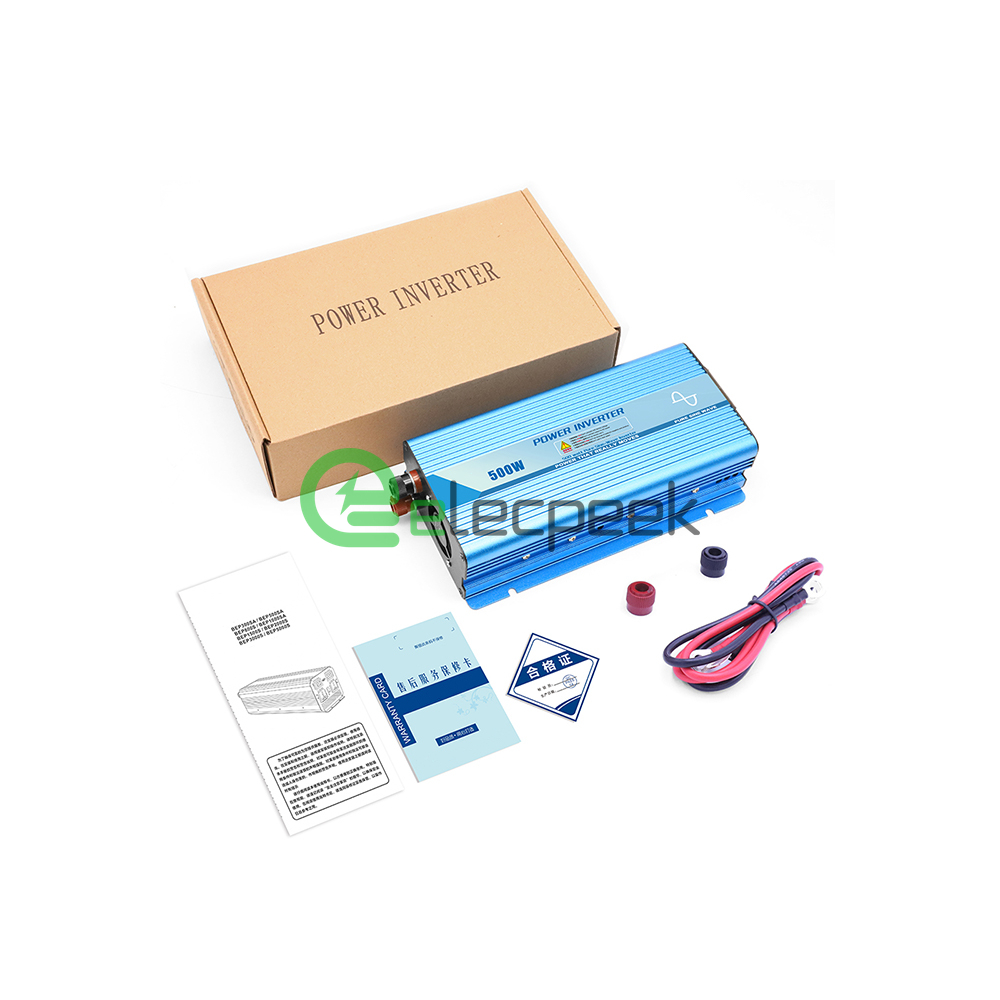
Front Panel
- Positive Termianl
- Negative Terminal
- Cooling Fan
Back Panel
- Power Switch
- Inverter Indicator
- Universer Power Socker
- USB Socket
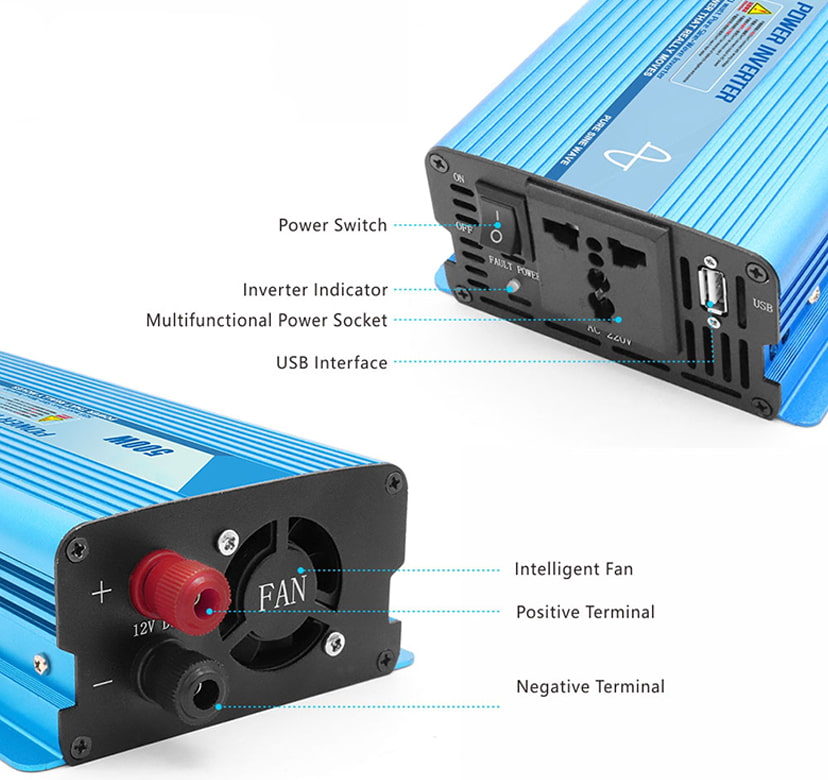
Applications
| Weight | 850 g |
|---|---|
| Weight | 850 g |
Electrical
| Rated Power | |||
|---|---|---|---|
| Battery Voltage | 12V, 24V |
||
| Rated Voltage | 110V |
||
| Input Voltage Range | 10V-15.5V, 20V-31V |
||
| Maximum Efficiency | 90% |
||
| Battery Type | Lead-acid Battery, lithium |
||
| Waveform | Pure sine wave |
||
| Accessory | Wire with Terminal |
||
| Certification | CE |
||
| Input Voltage | 12V/24V |
||
| Current | 29A/14A |
||
| Inverter Type | DC to AC |
||
| Rated Power | Battery Voltage | 12V, 24V |
|
| Rated Voltage | 110V |
Input Voltage Range | 10V-15.5V, 20V-31V |
| Maximum Efficiency | 90% |
Battery Type | Lead-acid Battery, lithium |
| Waveform | Pure sine wave |
Accessory | Wire with Terminal |
| Certification | CE |
Input Voltage | 12V/24V |
| Current | 29A/14A |
Inverter Type | DC to AC |
Service
| Warranty | 1 Year |
|---|---|
| Warranty | 1 Year |
| Weight | 850 g |
|---|---|
| Rated Power | |
| Battery Voltage | 12V, 24V |
| Rated Voltage | 110V |
| Input Voltage Range | 10V-15.5V, 20V-31V |
| Maximum Efficiency | 90% |
| Battery Type | Lead-acid Battery, lithium |
| Waveform | Pure sine wave |
| Accessory | Wire with Terminal |
| Certification | CE |
| Warranty | 1 Year |
| Input Voltage | 12V/24V |
| Current | 29A/14A |
| Inverter Type | DC to AC |
- Convenience
- Versatility
- Safety Features
- Easy to Use
- Portability
- Cost-Effective
- Enhanced Vehicle Functionality
- Power Rating
- Type of Inverter
- Number of Outlets
- Portability
- Safety Features
- Input Method
- Brand and Reviews
- If you need to power sensitive electronic devices such as laptops, medical equipment, or high-end audio/visual equipment, choose a pure sine wave inverter. This type of inverter produces smooth, consistent electrical waves that closely match the power provided by the grid.
- If you only need to power less sensitive devices such as power tools, small appliances, or charging devices like phones and tablets, a modified sine wave inverter may be sufficient.
- USB ports: Do you need multiple USB ports to charge multiple devices at once?
- Number of outlets: How many devices do you need to power simultaneously?
- Safety mechanisms: Look for inverters with built-in safety features such as overheat protection, short-circuit protection, and low-battery shutdown.
- Most car batteries use 12 volts DC, so ensure the inverter can connect to this system.
- Larger vehicles like RVs and trucks may require a 24-volt inverter.
- Check the vehicle's battery capacity to ensure it can meet the power needs of the inverter and connected devices without draining the battery too quickly.

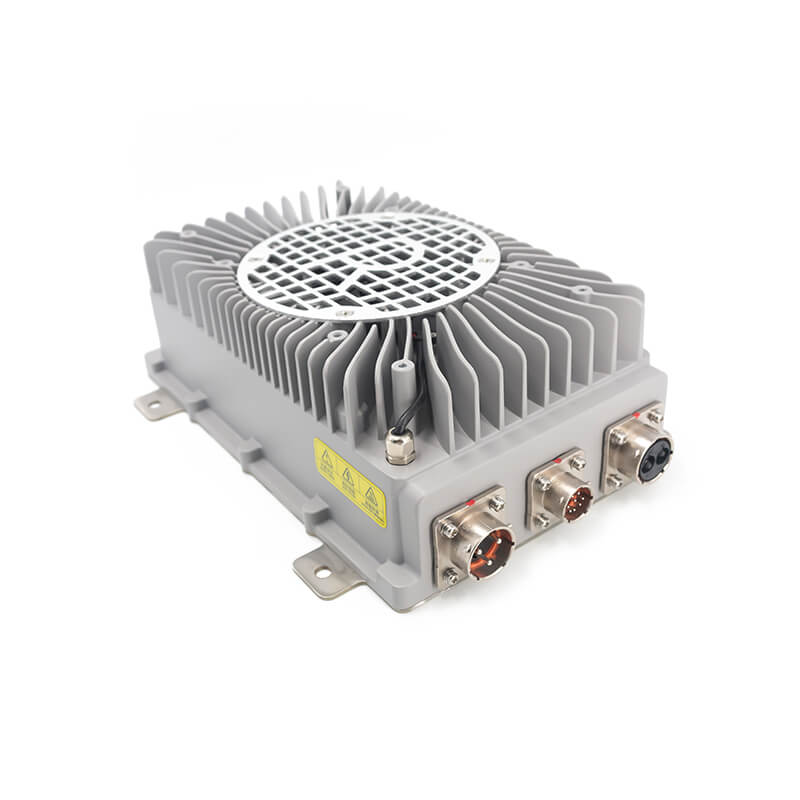
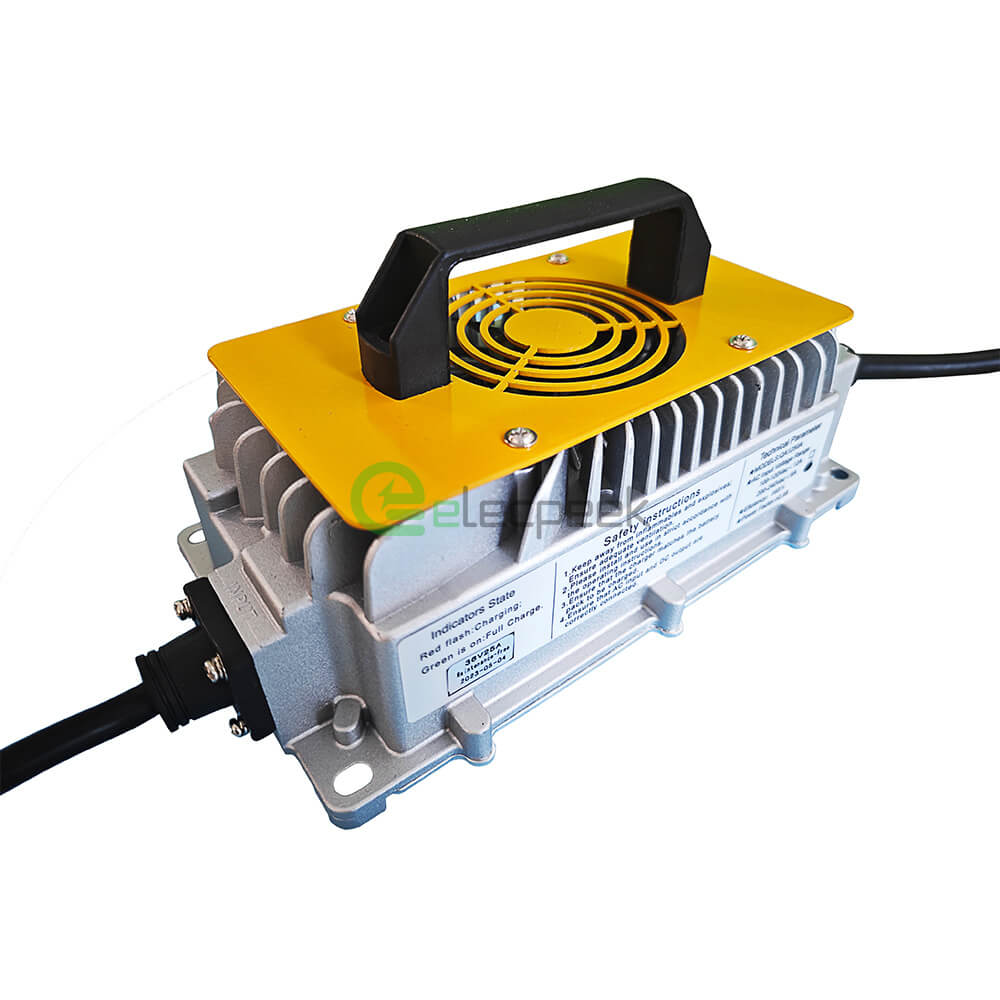
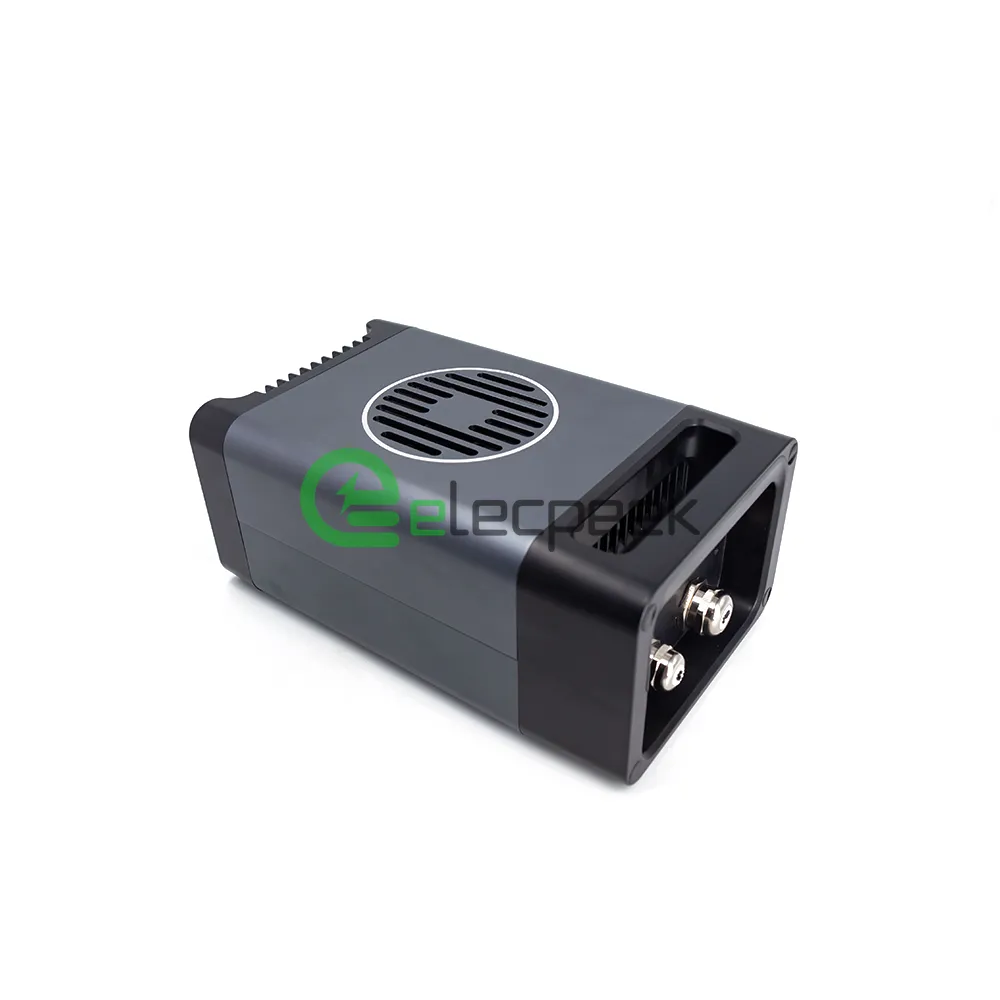
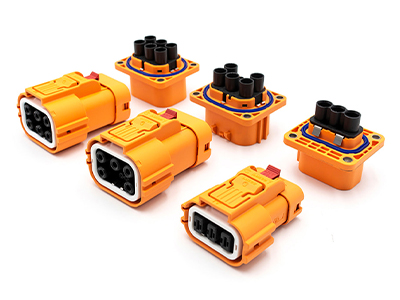
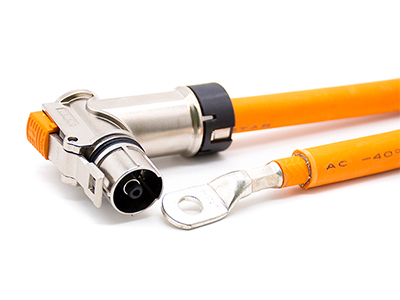
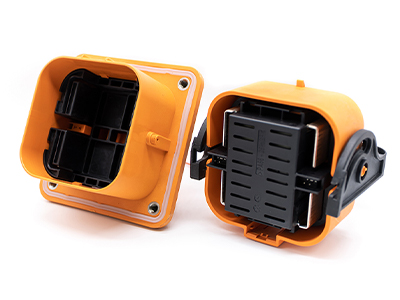
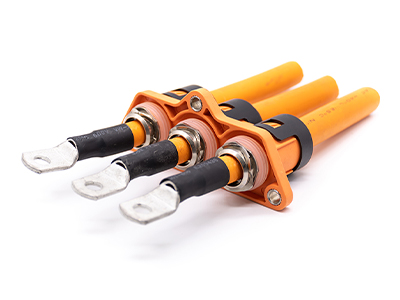
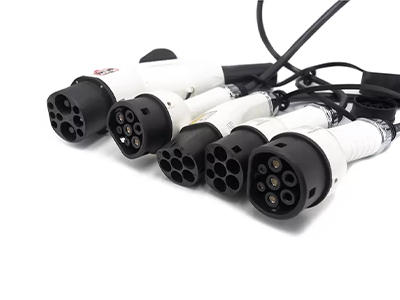
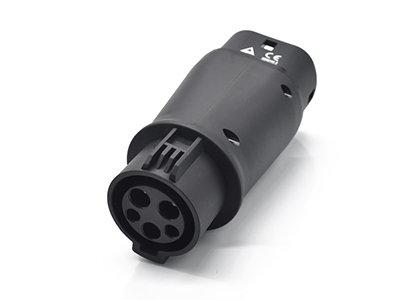
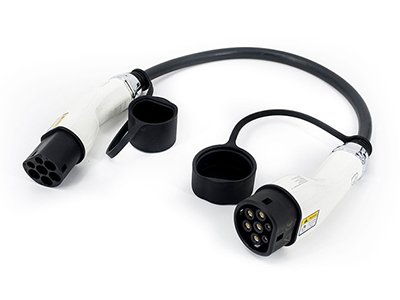
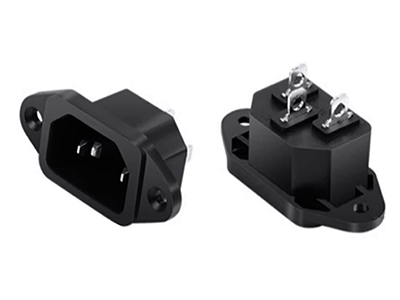
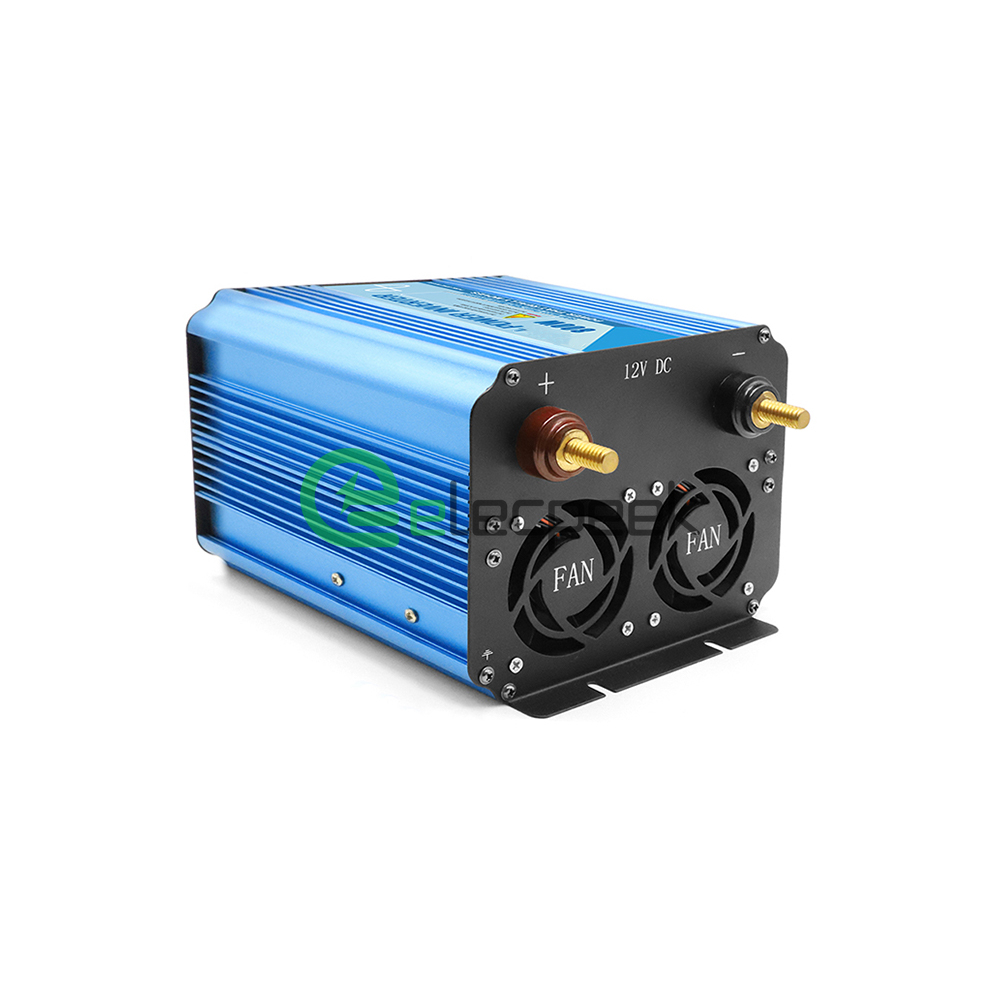
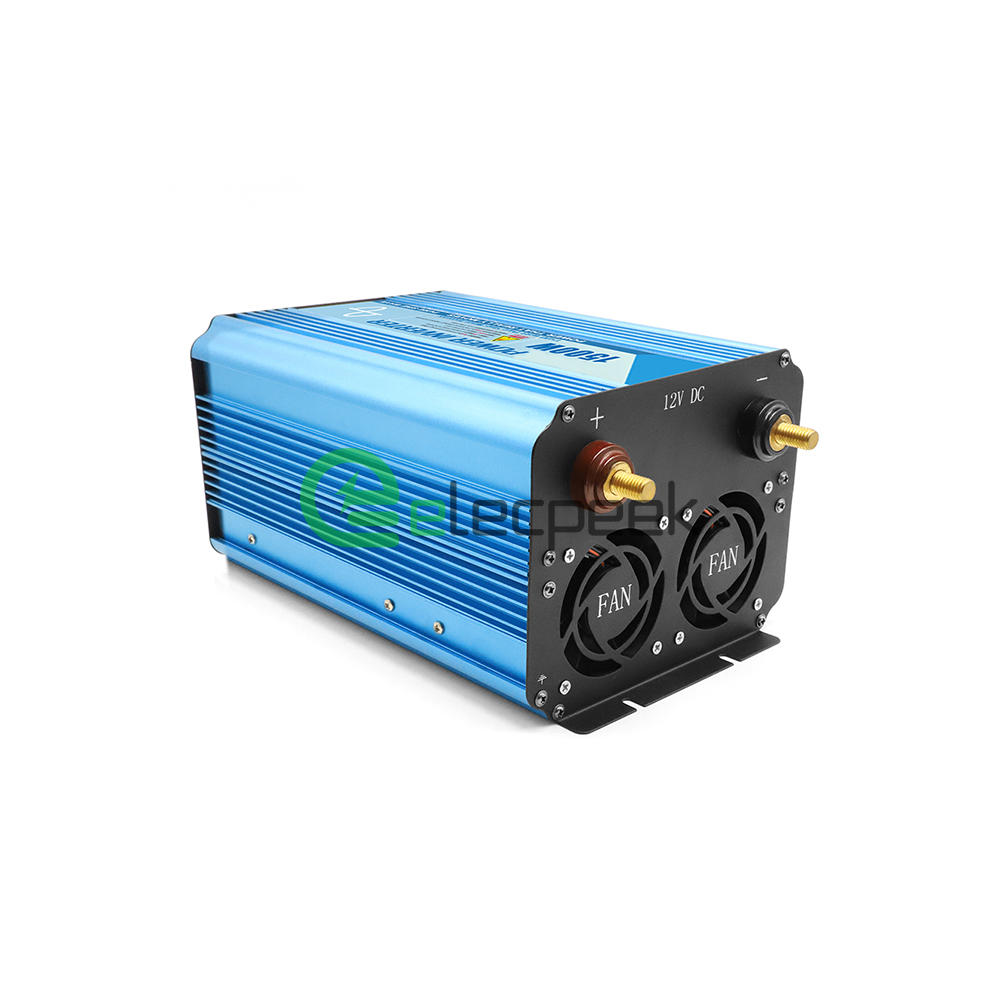
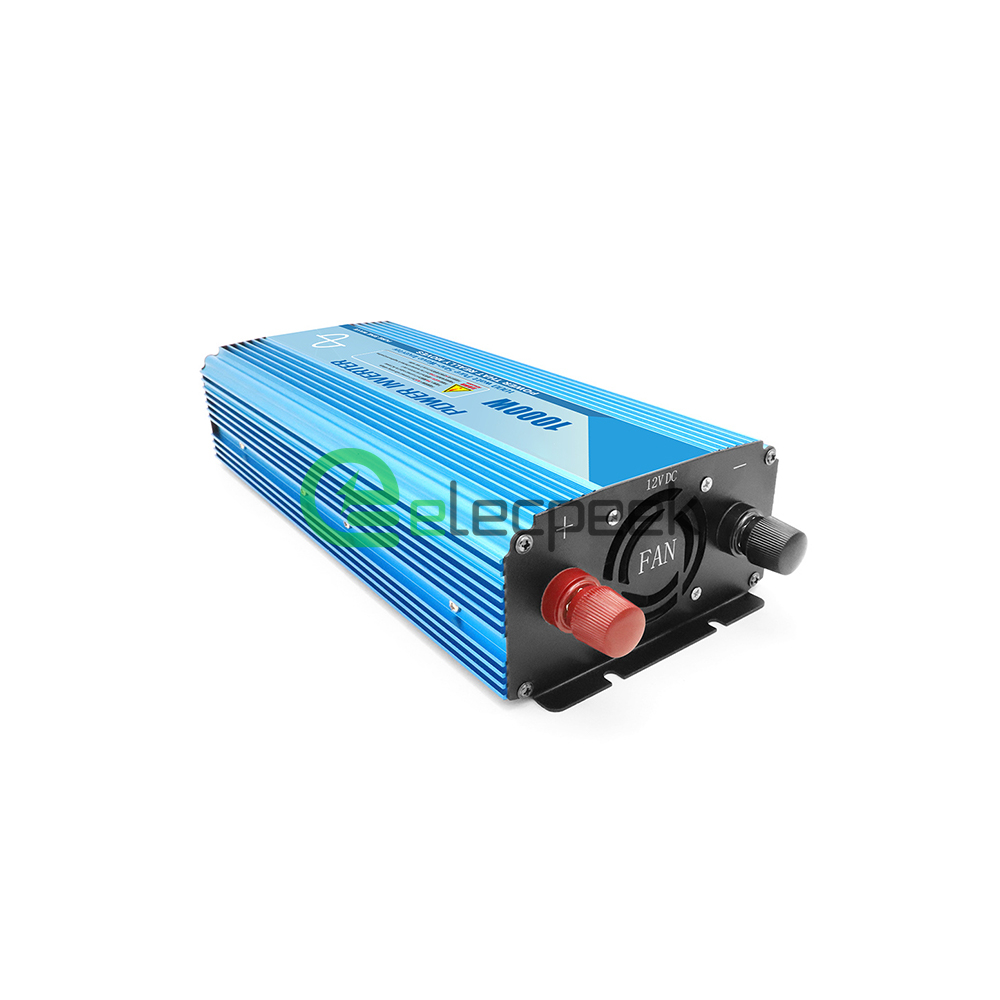
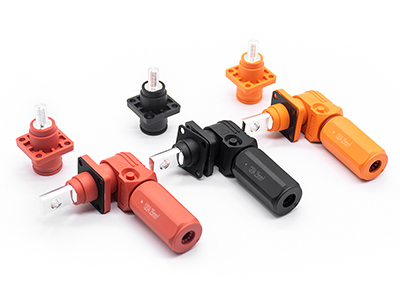
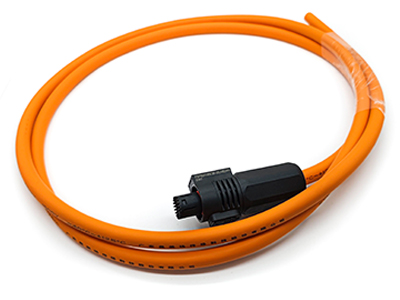
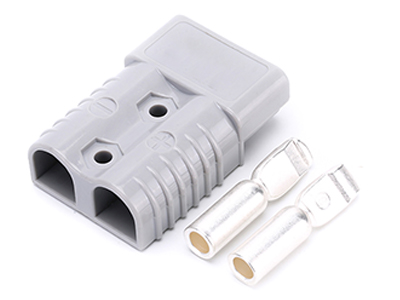
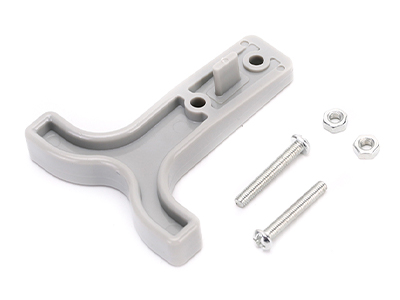
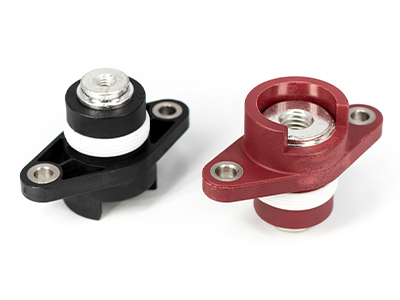
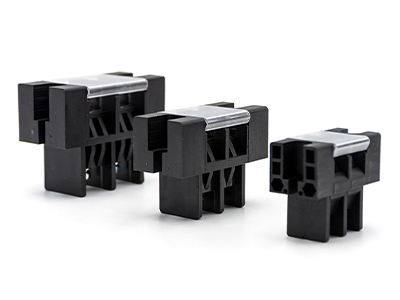
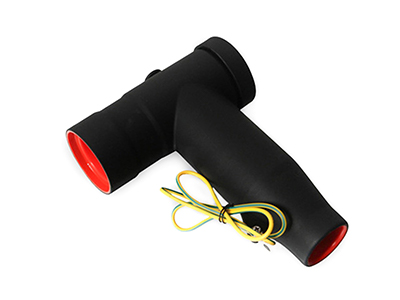
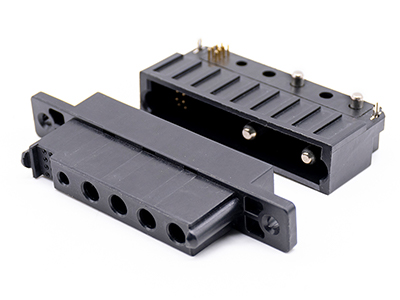
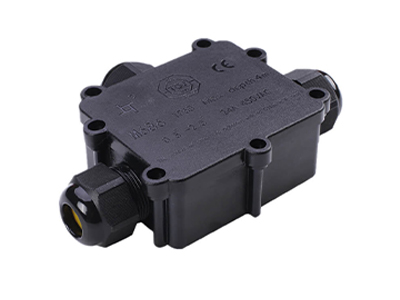

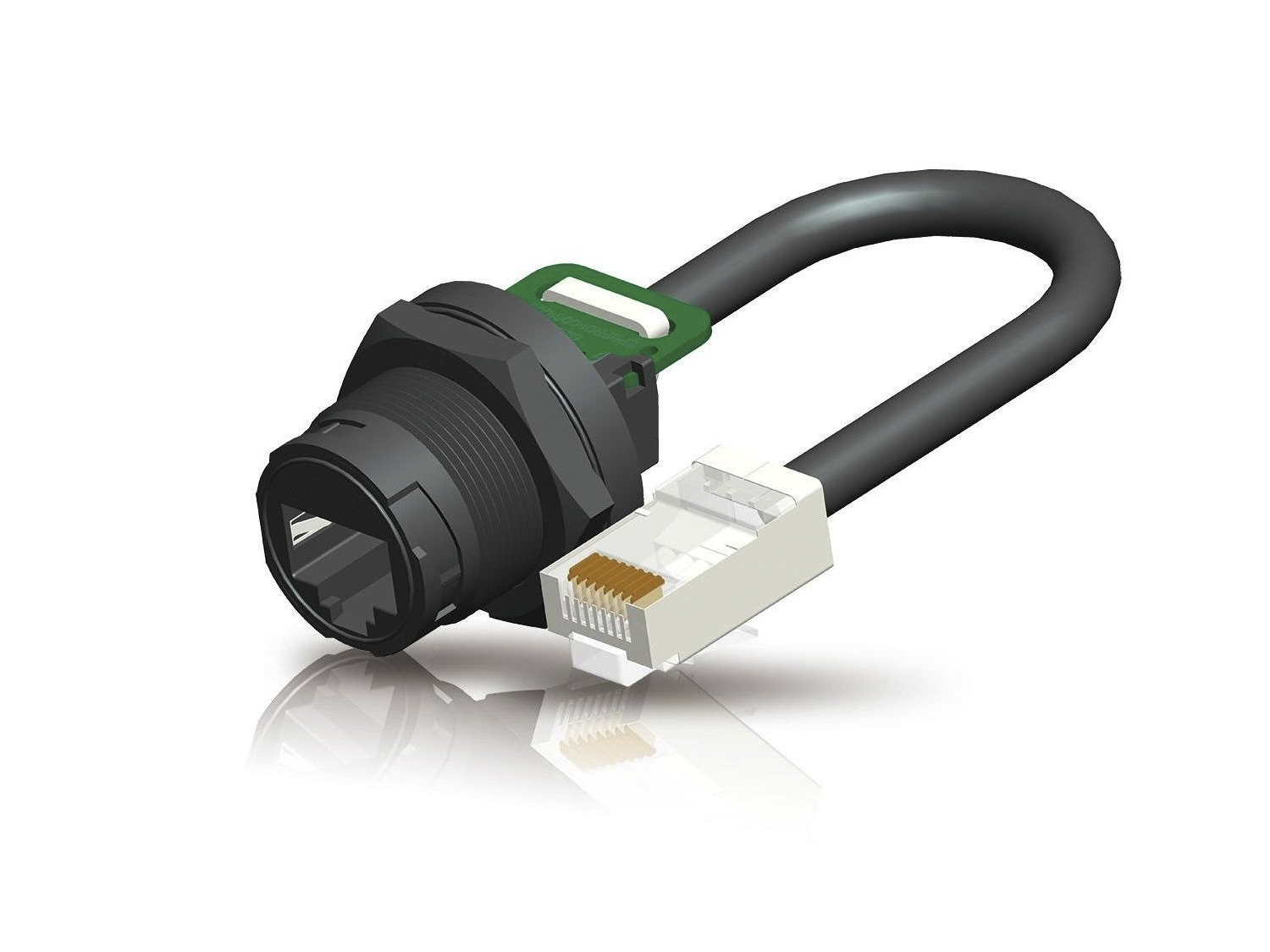
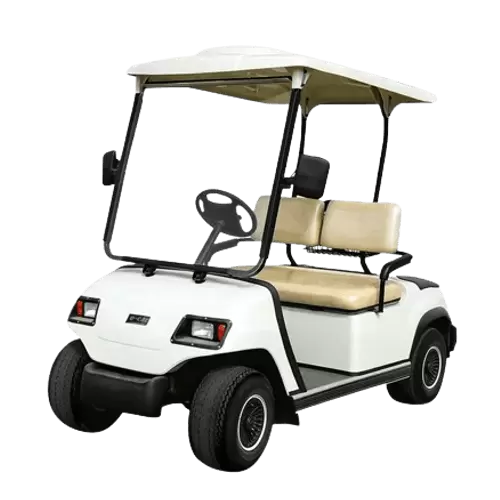

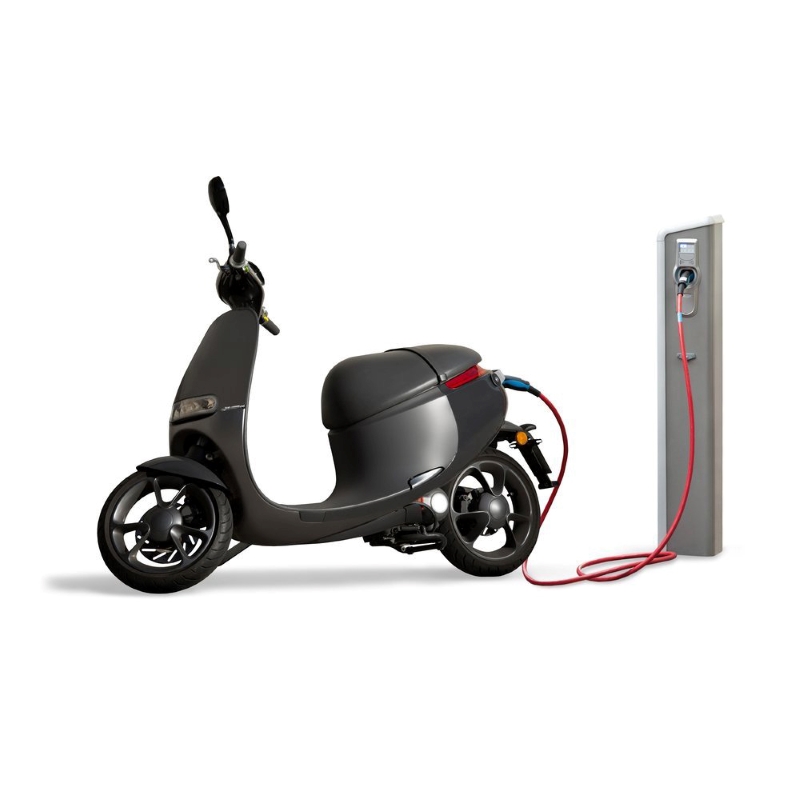
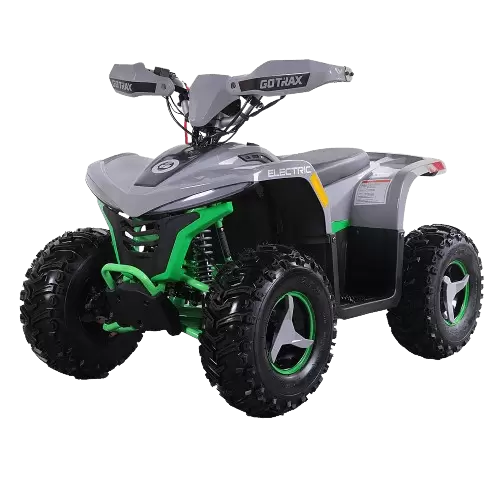
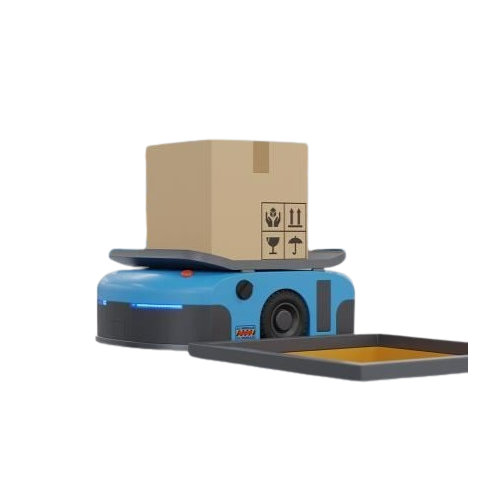
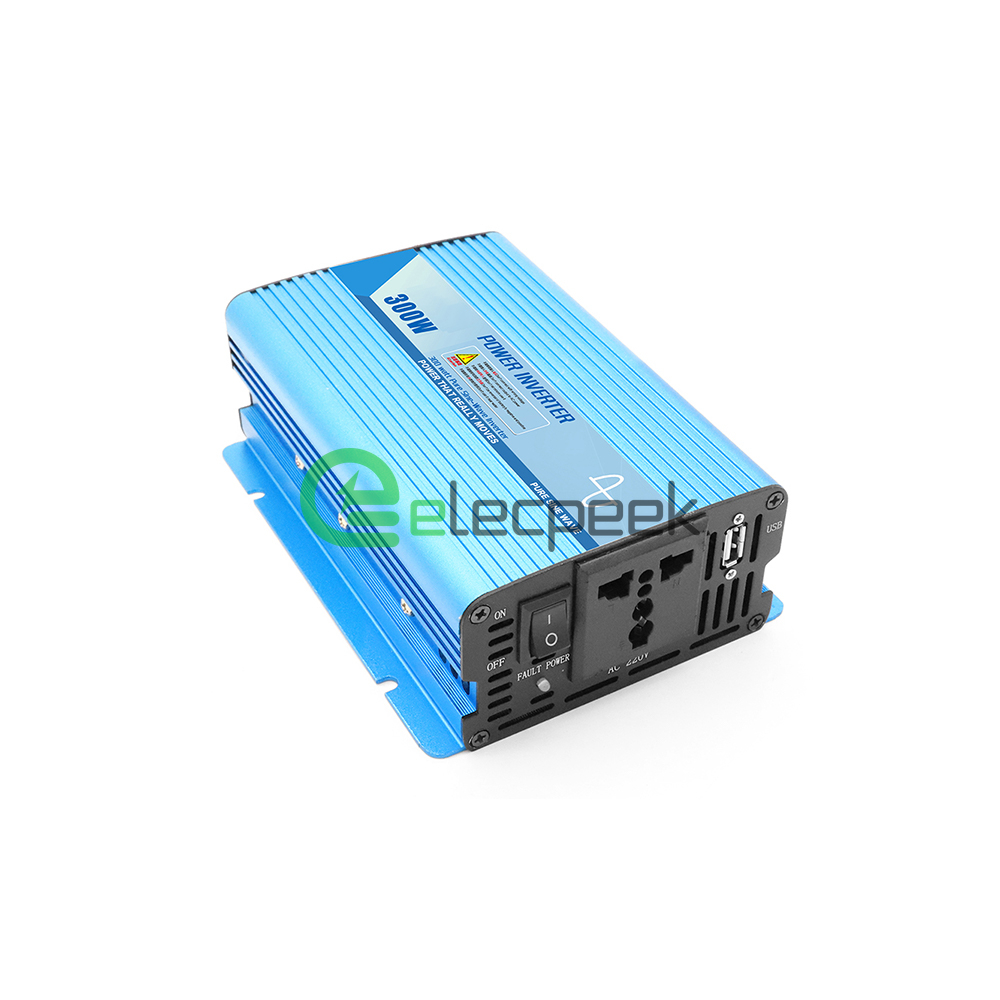
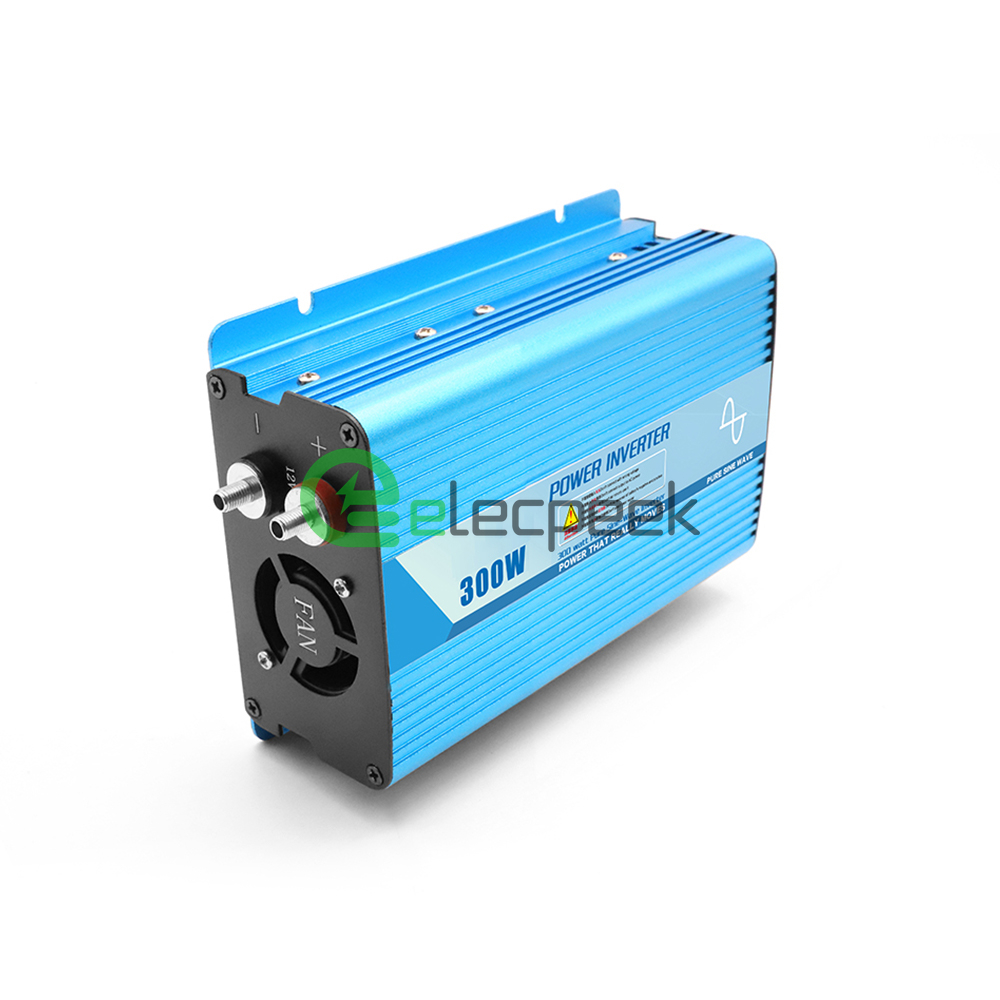
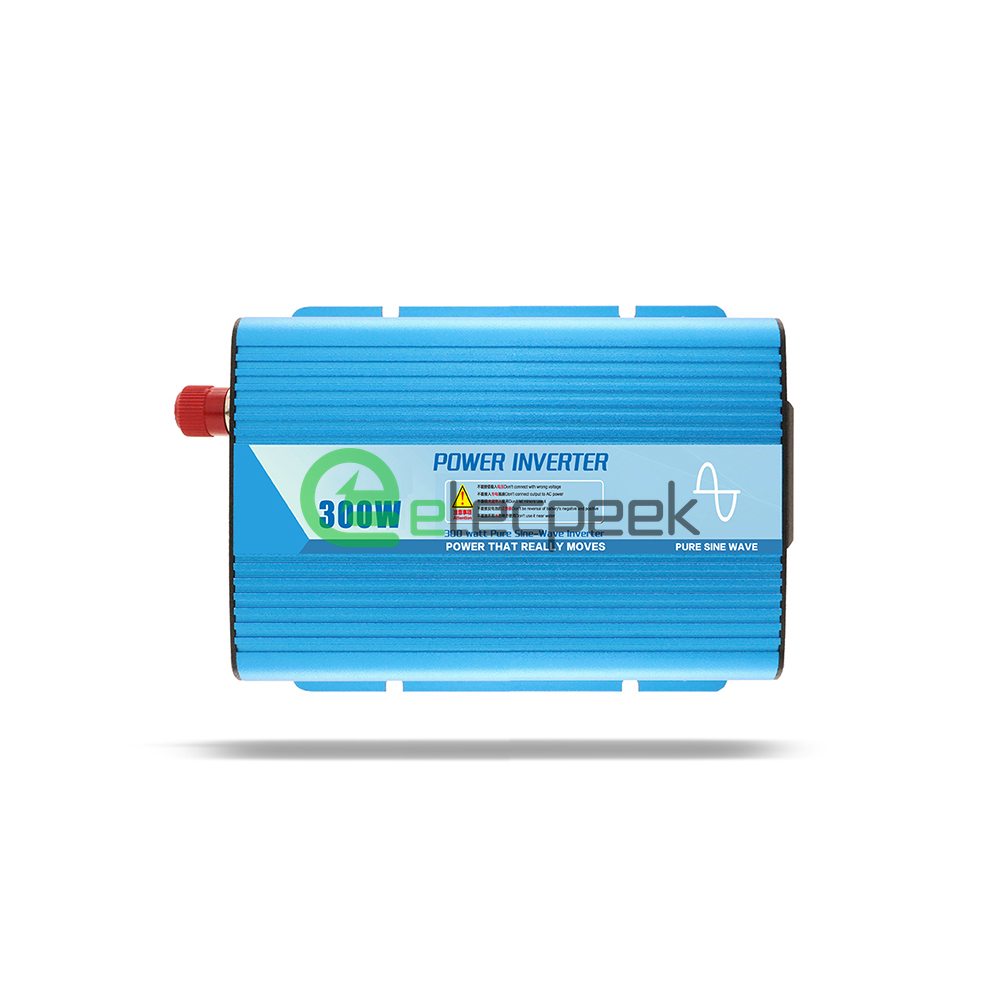
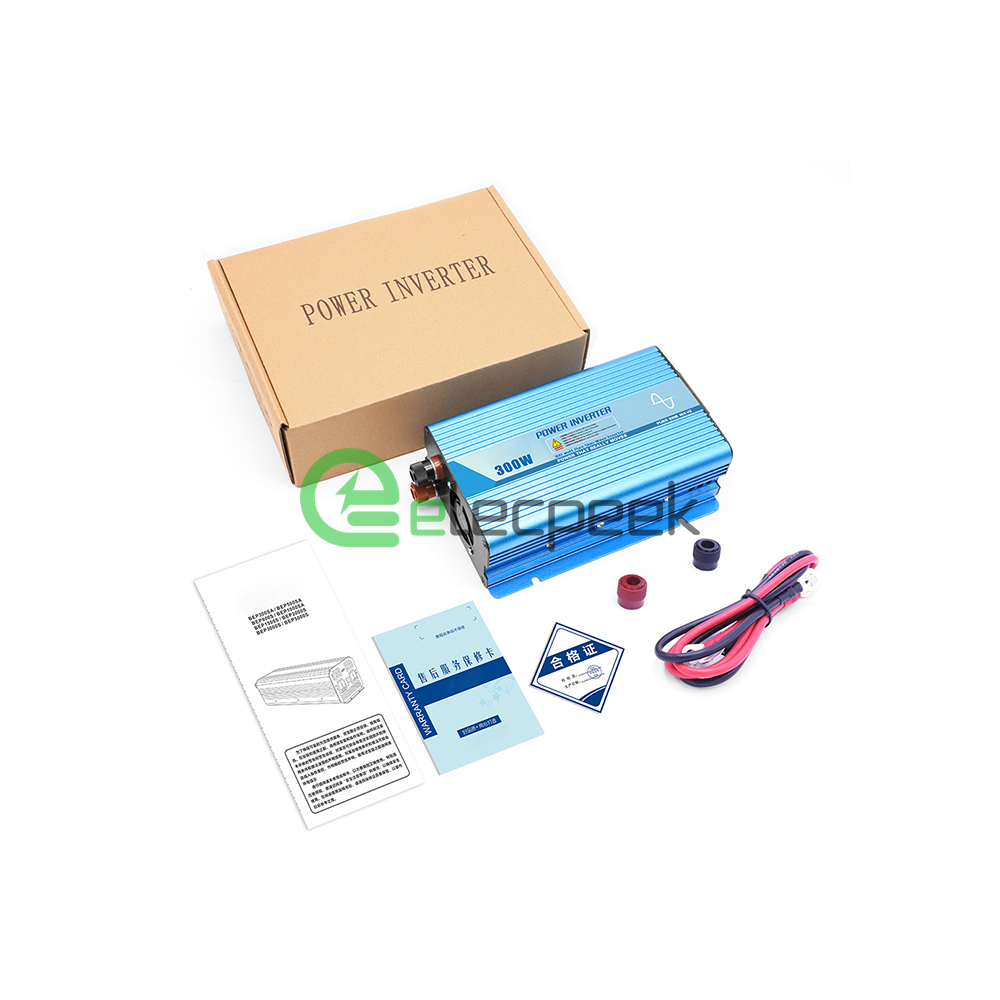
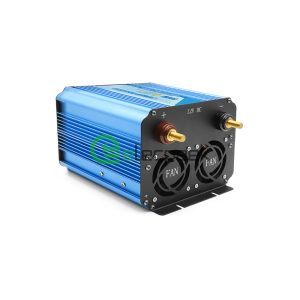
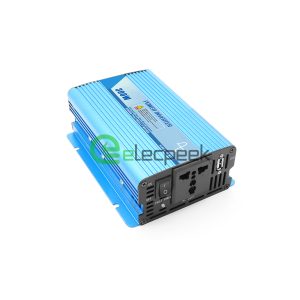
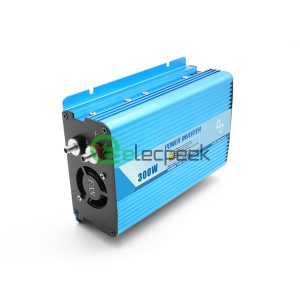
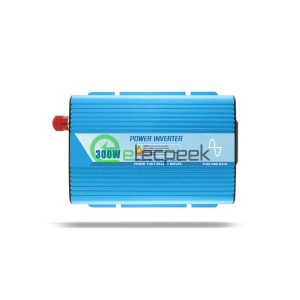
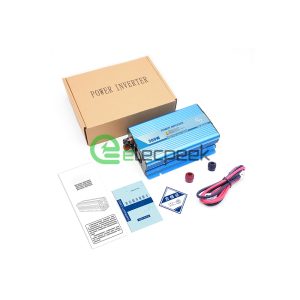
 Description
Description  Technical Data
Technical Data  FAQ
FAQ  Customization
Customization -300x300.webp)
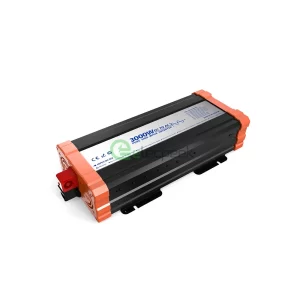
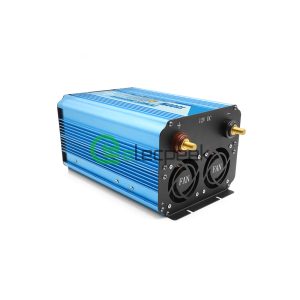
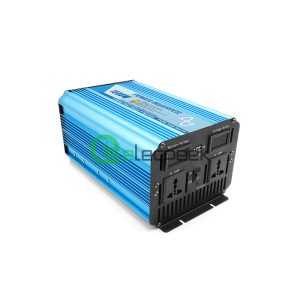
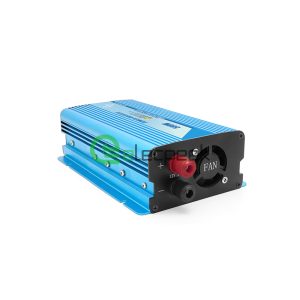
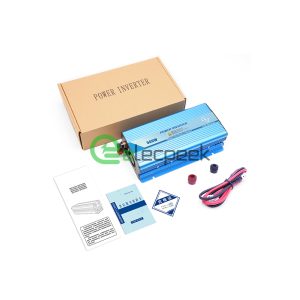
-300x300.webp)
-300x300.webp)
